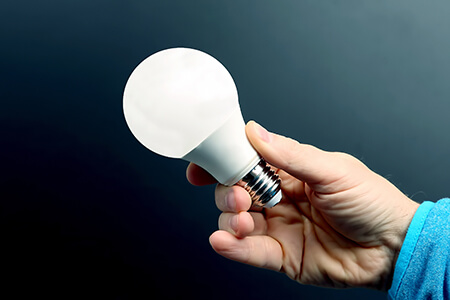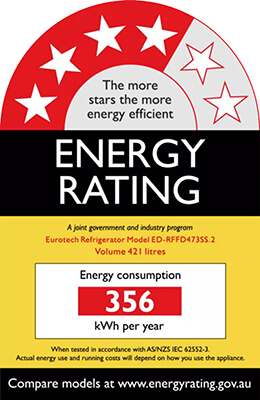This is a lesson summary. The full lesson can be viewed by purchasing an online course subscription.
Learning Objective
In this lesson we will look at some ways that the design of an object or system can increase its energy efficiency.
Learning Outcomes
By the end of this lesson you will be able to:
- Explain what is meant by ‘energy-efficient design’.
- Describe some ways that friction can be reduced to increase mechanical efficiency.
- Describe some ways that heat transfer can be reduced to increase thermal efficiency.
- Describe some ways that combustion can be made more efficient.
- Describe some examples of energy-efficient lighting and household appliances.

(Image: photosaint, Adobe Stock)
Lesson Summary
- Energy efficiency is a measure of the proportion of useful energy produced by a device – the greater the proportion of useful energy produced (the less energy that is wasted), the more efficient the device.
- Energy-efficient design refers to design principles that maximise the amount of useful energy that is produced or retained and minimise the amount of energy that is wasted.
- Friction reduces the efficiency of energy transfers and transformations involving mechanical kinetic energy as it results in the transformation of mechanical kinetic energy into heat energy and sound energy.
- Dry friction – friction between solids – can be reduced by the use of wheels, rollers and ball bearings, as well as lubricants and polish.
- Drag – friction involving a fluid – can be reduced by the streamlining of solid objects.
- Aerodynamic objects are those that have been streamlined to reduce air resistance.
- Heat transfer can be minimised by using thermal insulators, which are materials that do not readily transfer heat by conduction.
- Thermal insulation is useful in applications such as housing and refrigeration.
- Combustion efficiency can be improved by optimising fuel-air ratios, compression ratios and the temperature of combustion.
- Modern CFL and LED light bulbs are much more energy efficient than older-style incandescent light bulbs.
- New household appliances come with an energy efficiency rating.
- Examples of energy-efficient household appliances include induction stove tops, slow cookers and compressed air clothes dryers.

(Image: Australian Government)
(Header image: Hideki Kimura, Kouhei Sagawa, Wikimedia Commons)
